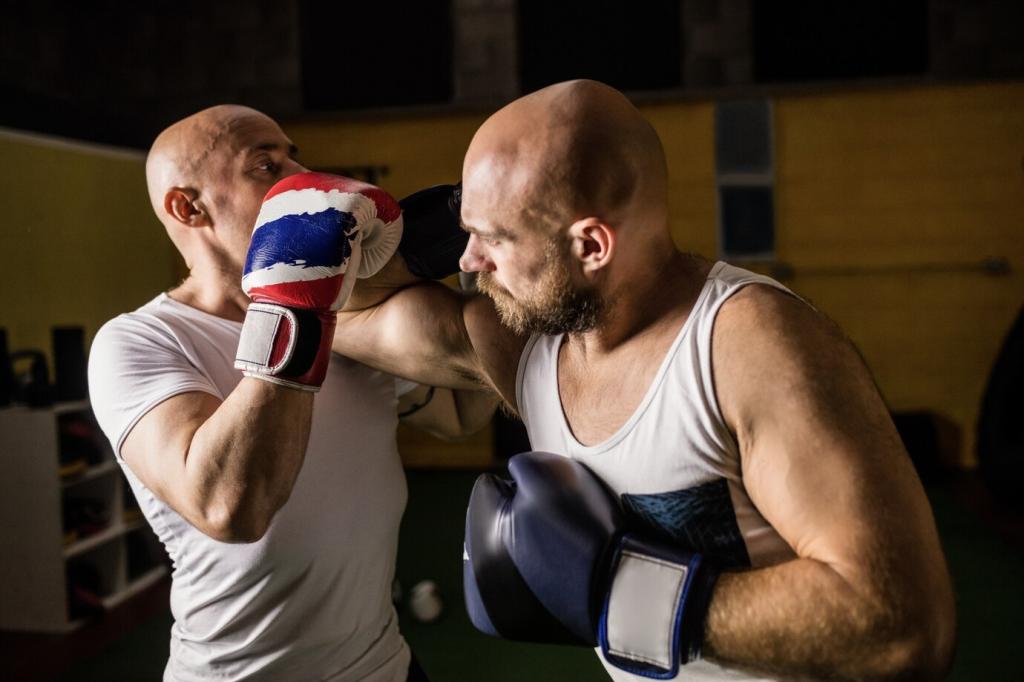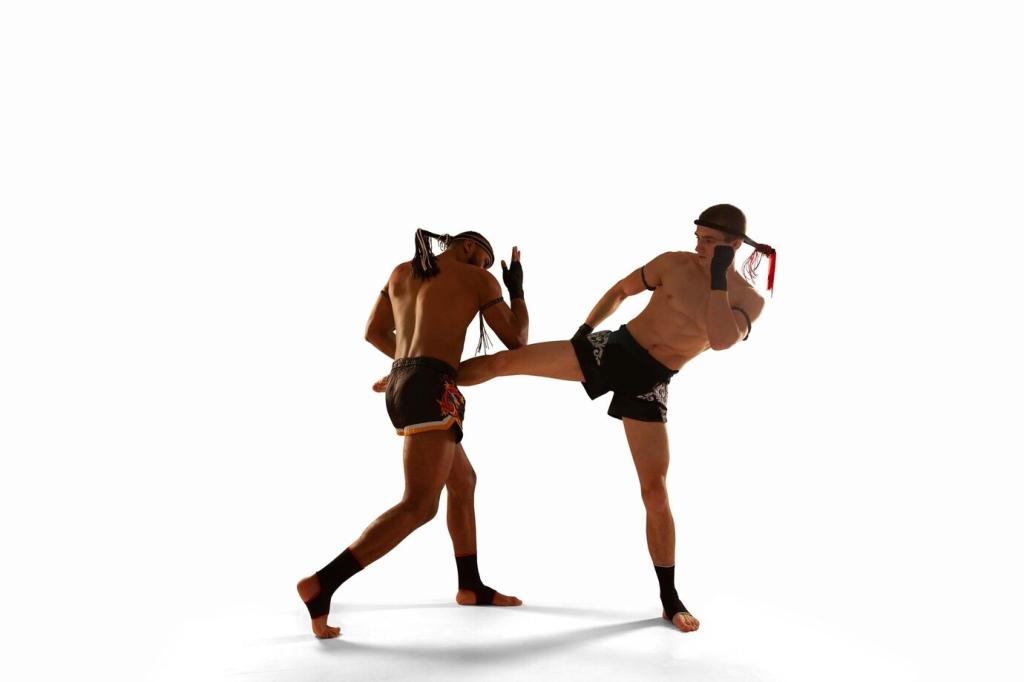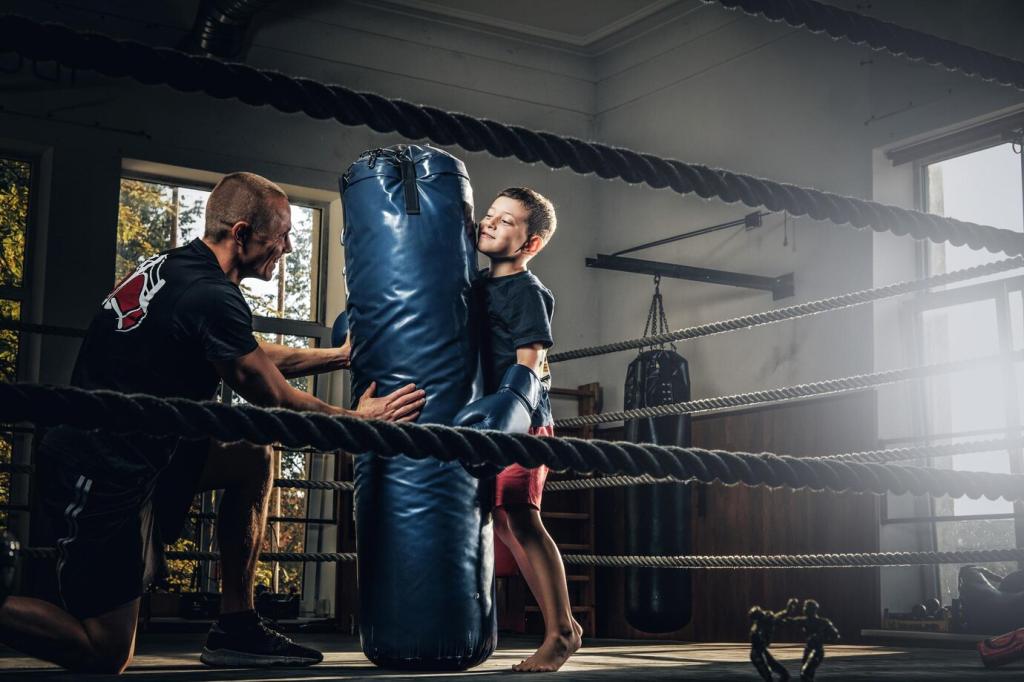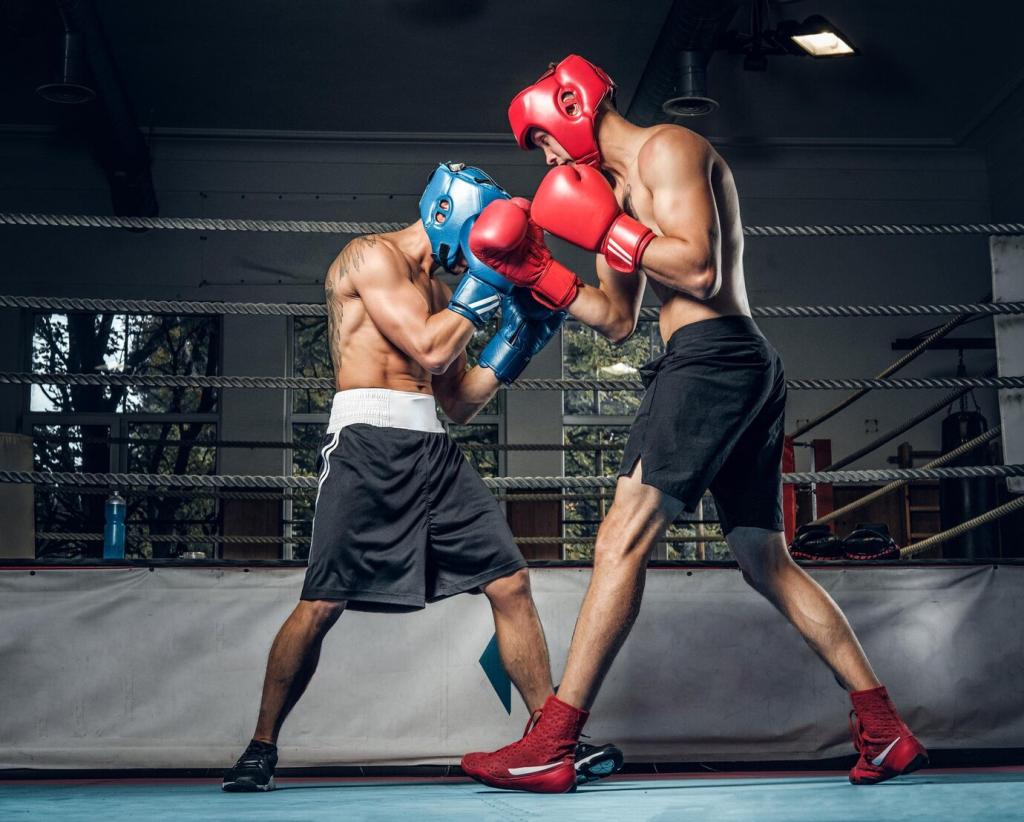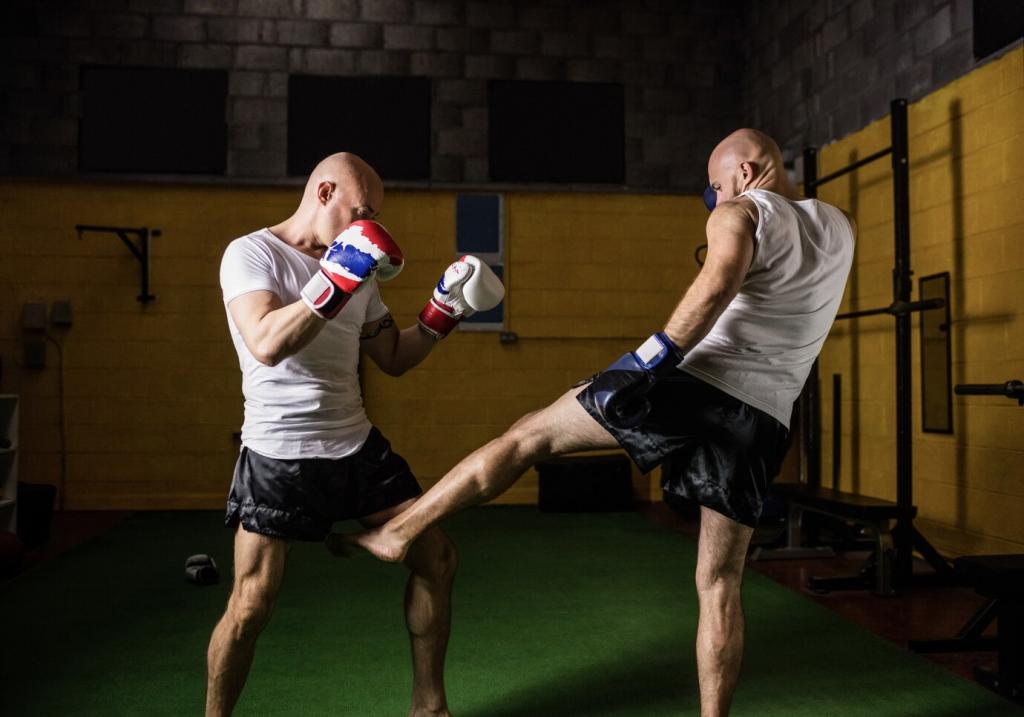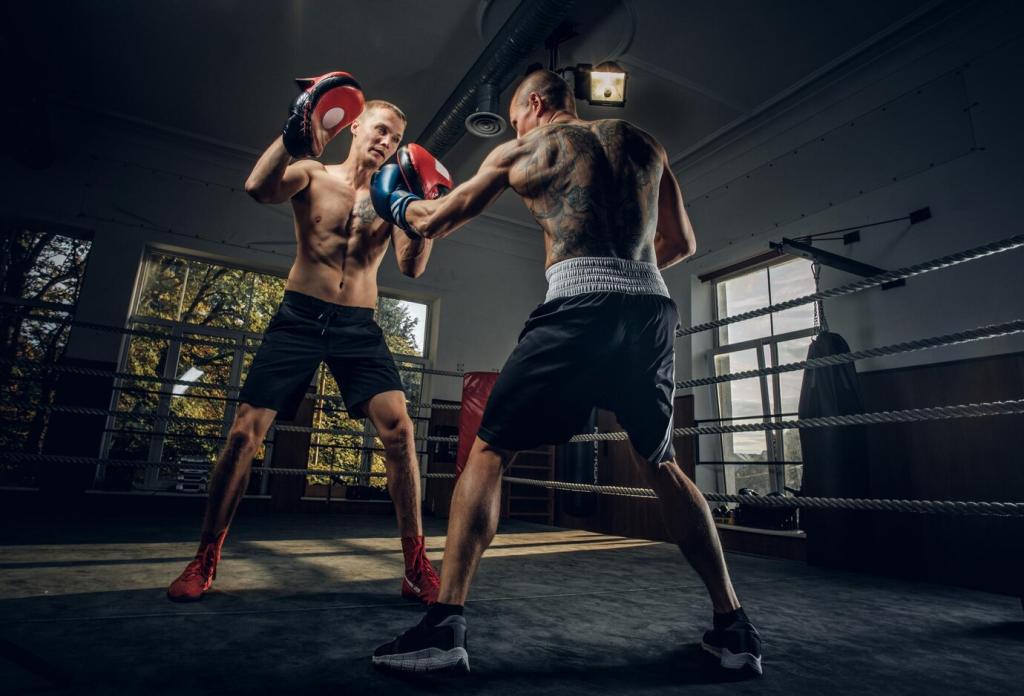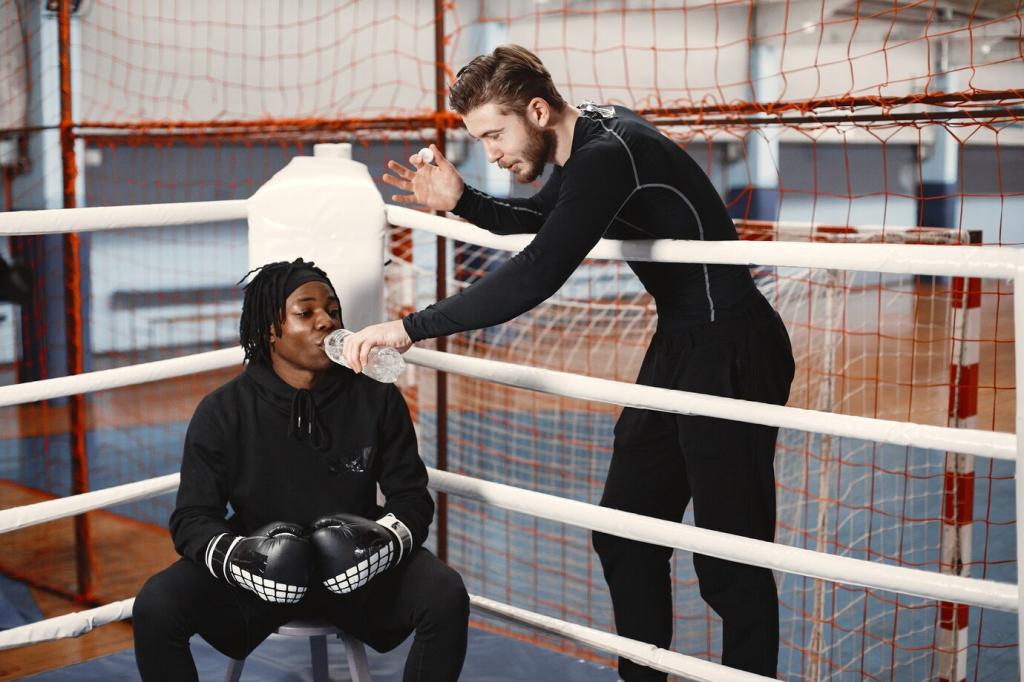Clinch and Escape: When Someone Grabs You
If hands reach you, get structure before technique. Chin tucked, hips back, forearms framing across collarbones or biceps. This creates breathable space, blocks headbutts, and positions you to strike, pivot, or hand-fight. Structure first; everything else becomes easier afterward.
Clinch and Escape: When Someone Grabs You
Fight the hands, not the squeeze. Peel the choking arm, drop weight, and turn toward the gap while stepping to strong base. For bear hugs, widen stance, hip shift, and attack fingers, face, or feet to force release. Then strike and move away.

